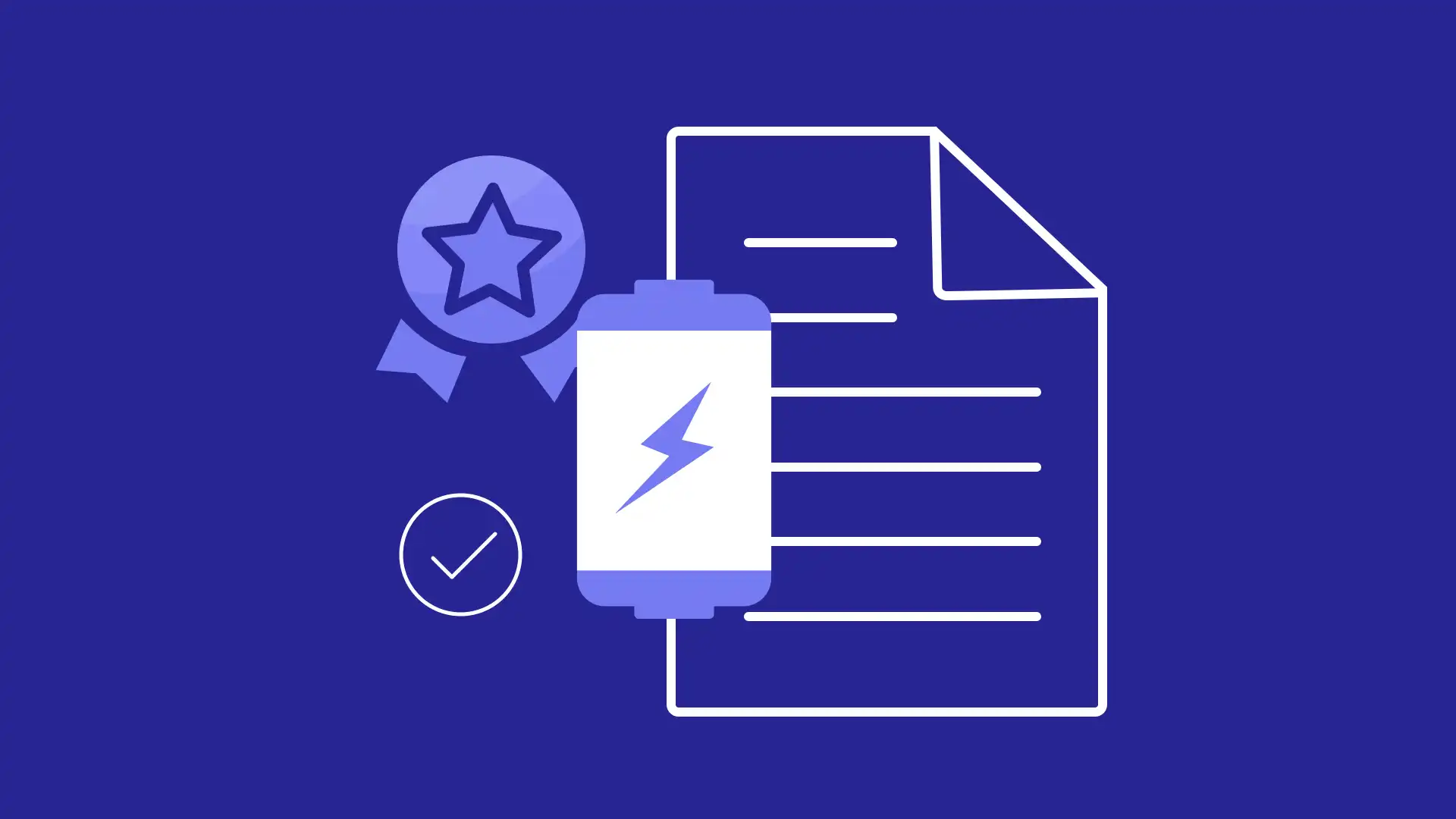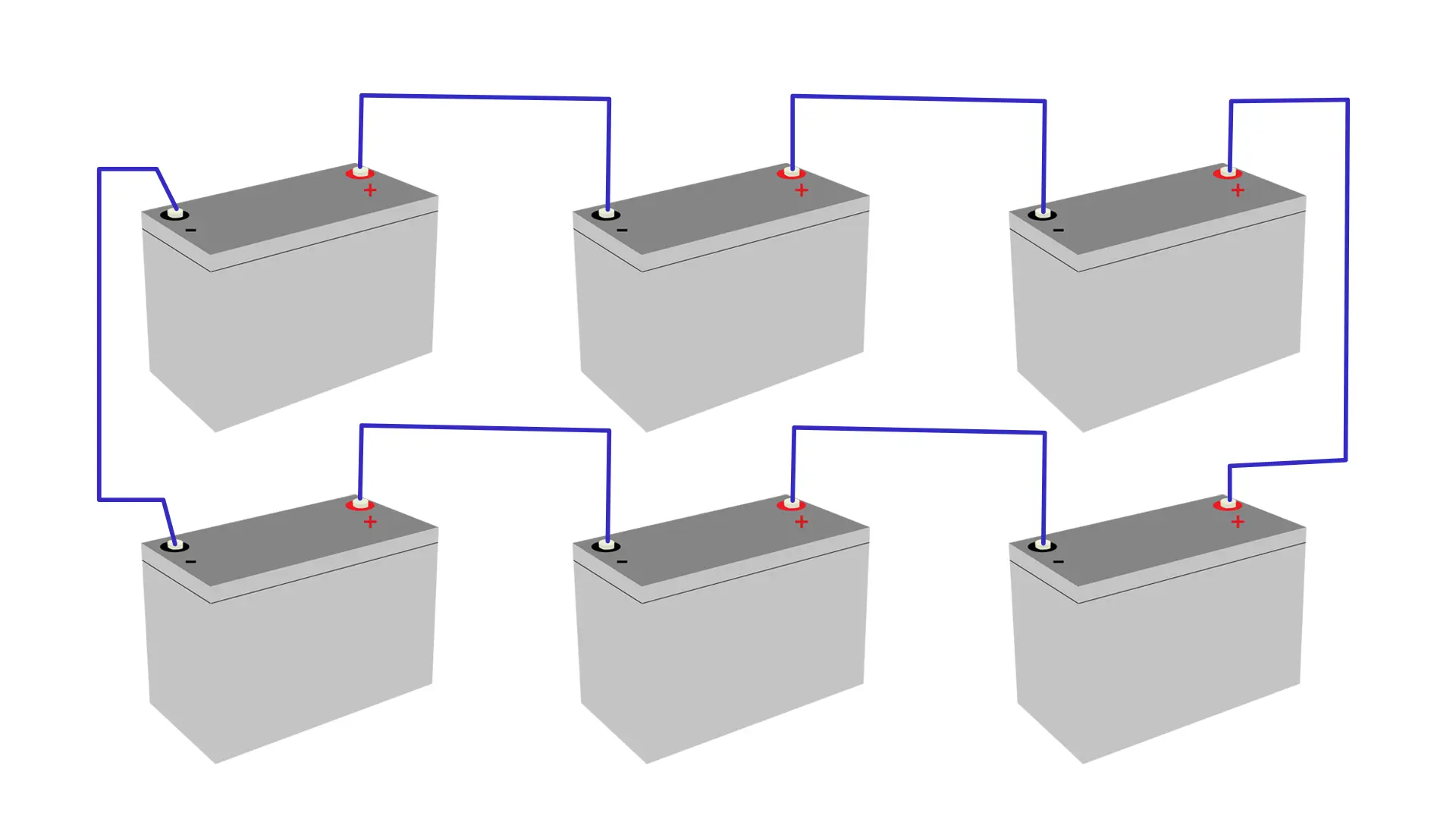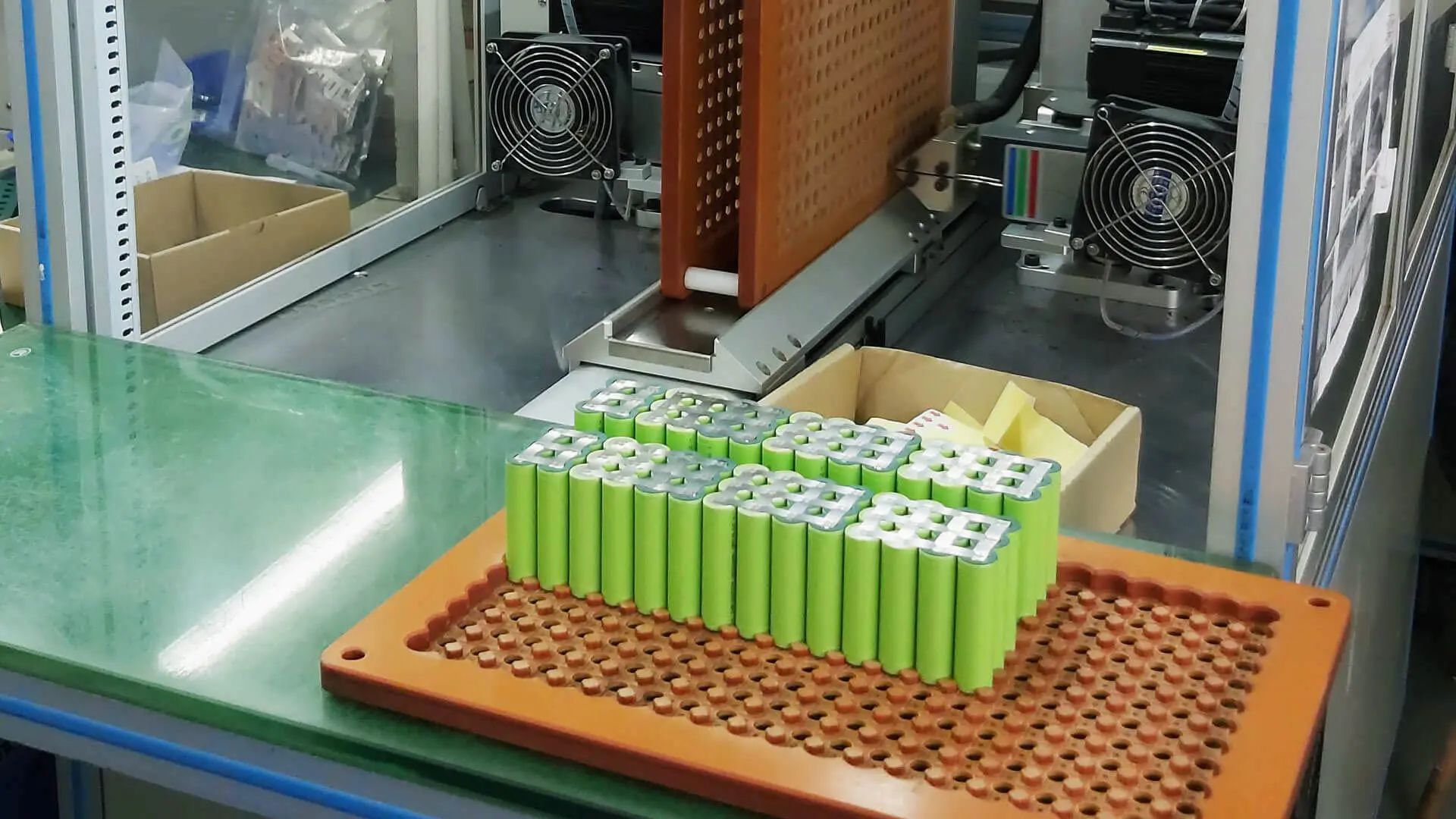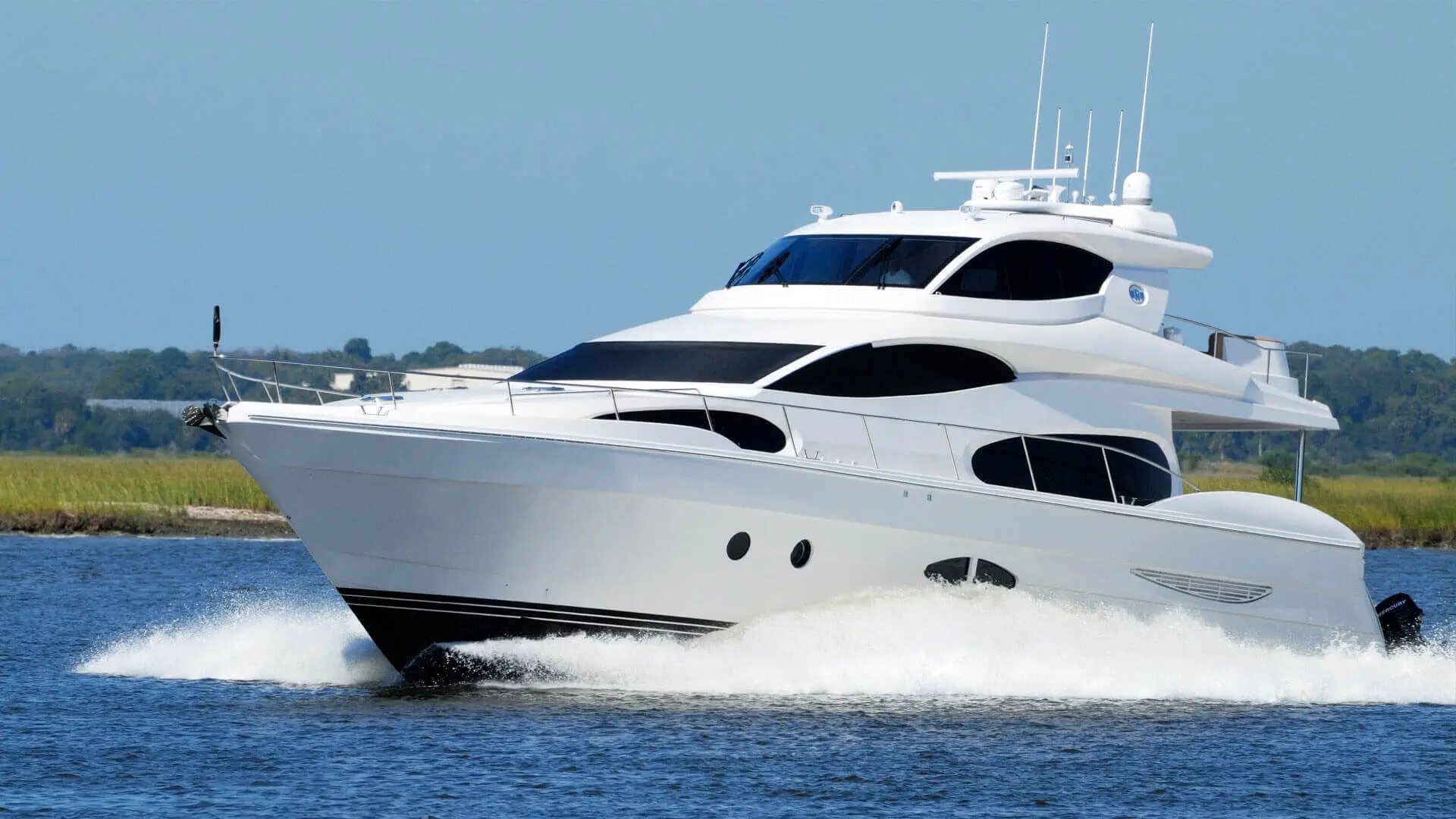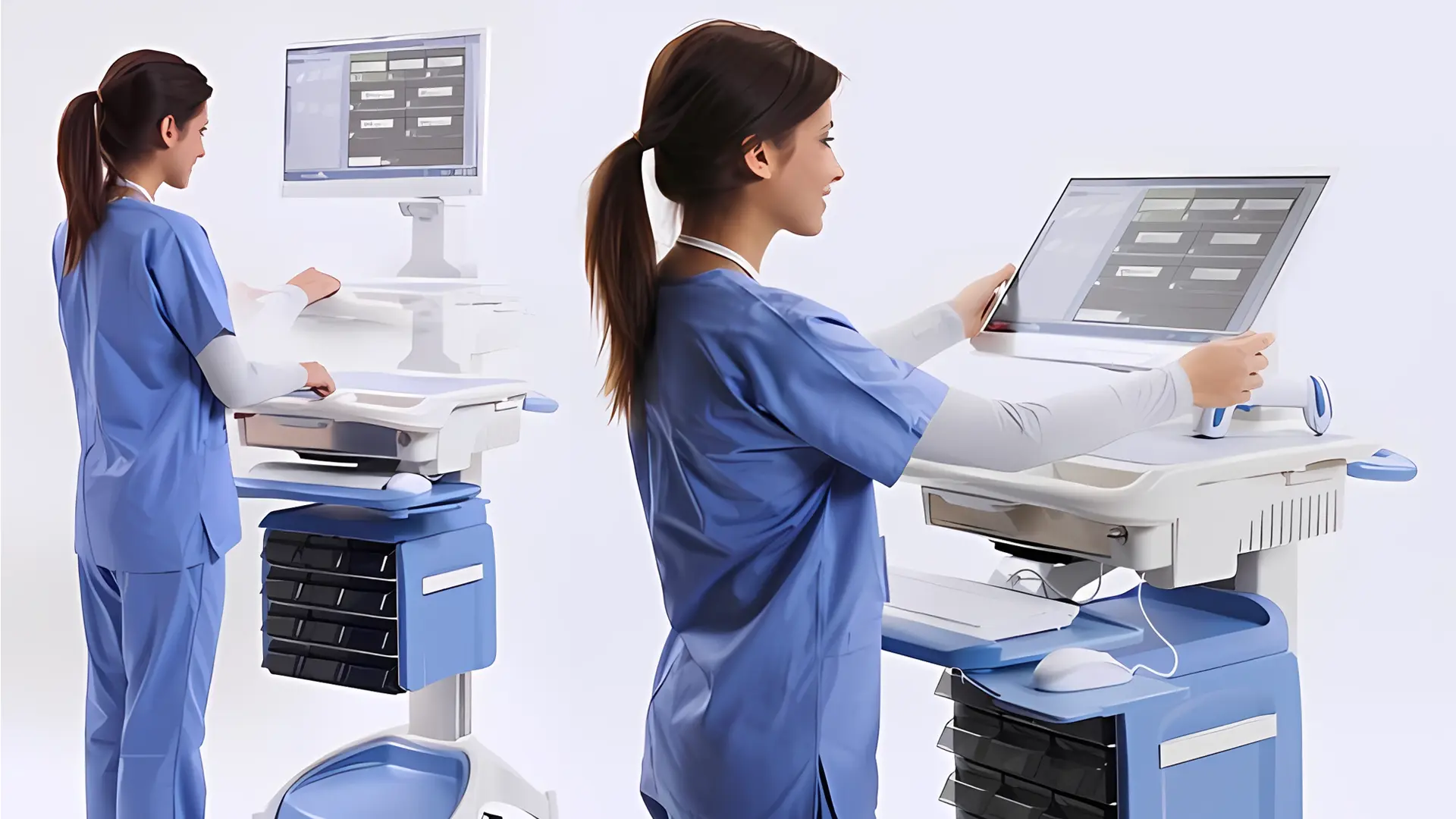In recent times, the use of lithium trolling motor batteries has grown in favor among both fishing and water sports enthusiasts. These batteries have altered the way trolling motors work due to their amazing power output and long-lasting performance. If you’re considering investing in a lithium trolling motor battery, you may have some questions. Let’s dive into the intricacies of these batteries and get your queries answered!
Are Lithium Trolling Motor Batteries Worth the Investment?
A LiFePO4 trolling motor battery is undoubtedly worth the investment for boaters who seek high performance, extended runtime, and long-term durability.
With their high energy density, lightweight construction, and longer lifespan compared to traditional lead-acid batteries, lithium batteries are an excellent choice for powering trolling motors.
While they may carry a higher upfront cost, the benefits they bring in terms of runtime, maintenance, and overall performance make them a worthwhile investment for avid anglers and boating enthusiasts.
What Kind Of Lithium Batteries Are Used In Trolling Motors?
Lithium batteries are an excellent choice for powering trolling motors due to their high energy density, lightweight construction, and long lifespan. When it comes to selecting lithium batteries for trolling motors, it’s important to consider their voltage, capacity, and overall performance.
Most trolling motors operate on 12 volts. 12V lithium trolling motor batteries are widely available and commonly used. However, it’s crucial to match the battery’s capacity to meet the power demands of your trolling motor. Higher capacity batteries will last longer, ensuring you have an extended runtime on the water.
The typical 100 amp hour capacity provides a full day’s worth of power for high amp trolling motors. With more power on board, you won’t have to worry about ending your day of fishing early when the electric trolling motor battery dies, which is common with lead-acid batteries.
Lithium batteries made for 24-volt and 36-volt trolling motors offer more power and last longer. These batteries typically configure multiple lithium cells to deliver the required voltage. Always consult your manufacturer’s recommendations and specifications to ensure compatibility between the battery and your trolling motor system.
| Nominal Voltage | 12V | 24V | 36V | 48V |
| Capacity | 100-200Ah | 200-400Ah | 400-600Ah | 600-800Ah |
| Discharge Rate | 100-200A | 200-400A | 400-600A | 600-800A |
| Size | 12x6x4 inches | 12x12x4 inches | 12x12x6 inches | 12x12x8 inches |
| Weight | 10-20 lbs | 20-40 lbs | 40-60 lbs | 60-80 lbs |
| Self-discharge | 1-3% per month | 1-3% per month | 1-3% per month | 1-3% per month |
| Maintenance | Low maintenance | Low maintenance | Low maintenance | Low maintenance |
| Cycle life | 1,000-2,000 cycles | 1,000-2,000 cycles | 1,000-2,000 cycles | 1,000-2,000 cycles |
| Charge Times | 4-8 hours | 8-16 hours | 16-24 hours | 24-32 hours |
How Long Will A 12-volt lithium Trolling Motor Battery Run?
The duration a 12-volt deep cycle trolling motor battery will run depends on several factors, including the battery’s capacity (measured in ampere-hours, or Ah), the size and power of the trolling motor, the speed at which you operate the motor, and the state of charge of the battery.
To estimate the runtime, you need to know the ampere-hour (Ah) rating of your battery. Let’s assume you have a 100Ah lithium trolling motor battery.
To calculate the runtime, divide the battery’s ampere-hour rating by the amp draw of the motor. For example, if your trolling motor draws 50 amps per hour:
Runtime (in hours) = Battery capacity (Ah) / Amp draw (A)
Runtime = 100Ah / 50A Runtime = 2 hours
This means that, under ideal conditions, with a consistent amp draw of 50 amps per hour, the 100Ah battery would run the trolling motor for approximately 2 hours before requiring a recharge.
In another case, a fully charged 12-volt lithium battery will run a trolling motor with 50 pounds of thrust for about 6-8 hours without continually amplifying the current.
Keep in mind that this is a rough estimate, and many factors can influence a battery’s actual runtime. These factors can include wind, water conditions, the weight of your boat, and the throttle setting you use.
It’s always a good practice to monitor your battery’s charge level during use and recharge it as needed to avoid deep discharges, which can impact the battery’s longevity. Additionally, it’s worth noting that running the battery at higher speeds or at a higher amp draw will result in shorter runtime.
How Do I Charge a Trolling Motor Battery On The Water?
Charging your trolling motor battery on the water is possible with the right equipment and preparations. Here’s a step-by-step guide on how to charge your battery while out on the lake, bay, or another body of water:
Step 1: Ensure your boat has an onboard charger or a charger compatible with your trolling motor battery type. Lithium batteries require specific charging protocols, so make sure your charger is compatible with LiFePO4 batteries.
Step 2: Connect the charger to the battery following the manufacturer’s instructions. The positive cable should be connected to the positive terminal, and the negative cable to the negative terminal.
Step 3: Use the onboard charger or a portable generator to supply power to the charger. Make sure the power source is suitable for the charger’s voltage requirements.
Step 4: Monitor the charging process regularly. Most onboard chargers have built-in indicators or displays showing the battery’s charging status. Ensure that the battery is charging within the optimal voltage and current range.
Step 5: Once the battery is fully charged, disconnect the charger, ensuring you remove the cables in the correct order to prevent any potential hazards.
Solar chargers are also a good option if you plan to spend a lot of time on the water. They are relatively inexpensive and can slowly charge your batteries while you’re out on your boat.
Make sure your batteries are fully charged before you set out for the day. This will give you more run time and you won’t have to worry about running out of power. Remember to follow safety precautions, and don’t overcharge your batteries. Also be sure to keep your battery cool, as batteries lose power faster in high temperatures. If your battery is overheating, move it to a cooler place right away.
Are Lithium Trolling Motor Batteries Safe?
Yes, when used and managed properly, lithium trolling motor batteries are considered safe. They have advanced safety features such as heat sensors, overcharge prevention, and internal circuitry that avoids problems like short circuits and voltage fluctuations. These safety measures ensure that the battery operates optimally while minimizing the risk of accidents.
It is important to note that although lithium batteries are generally safe, all batteries carry some level of risk. To maintain safety, it is essential to follow the manufacturer’s guidelines for installation, charging, and storage. In addition, to ensure optimal performance and avoid any safety hazards, be sure to use compatible battery chargers.
Lithium trolling batteries have revolutionized the boating industry with their exceptional power output, long-lasting performance, and lightweight design. Choosing lithium-ion technology provides numerous benefits, including increased boat speed, improved fuel efficiency, longer run times, and a longer battery lifespan. However, it is essential to follow the manufacturer’s guidelines, use compatible chargers, and practice proper battery handling to ensure safety and optimize battery performance.
Are you a trolling boat retailer? Understanding the benefits of trolling motor battery packs, their run times, and their charging process will help you make an informed decision about improving your product’s selling points and ensuring your boats are fully capable of providing reliable and long-lasting power for your customers. Have additional questions about trolling motor batteries? CMB is here to help.Reach out to a representative today!



